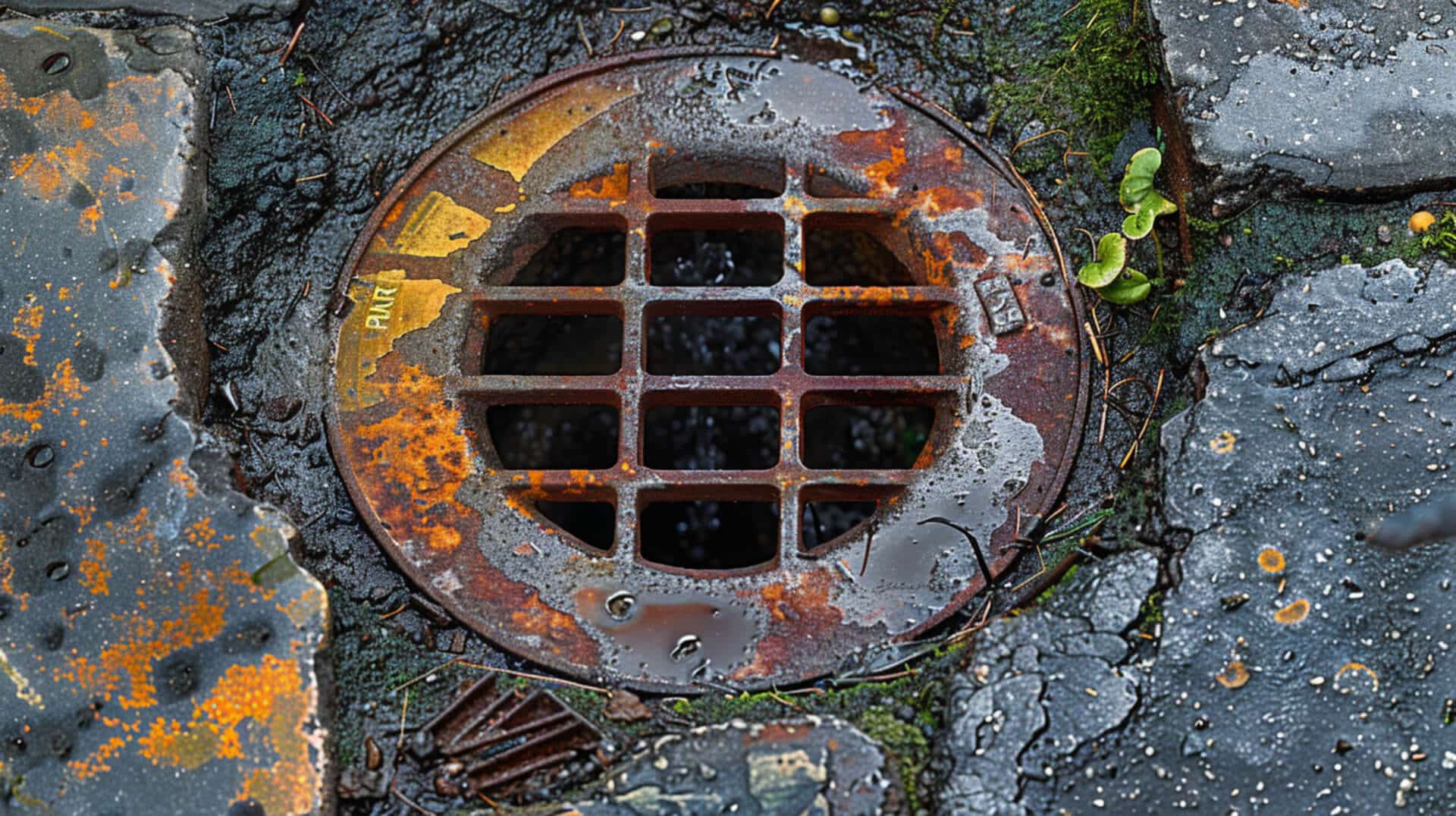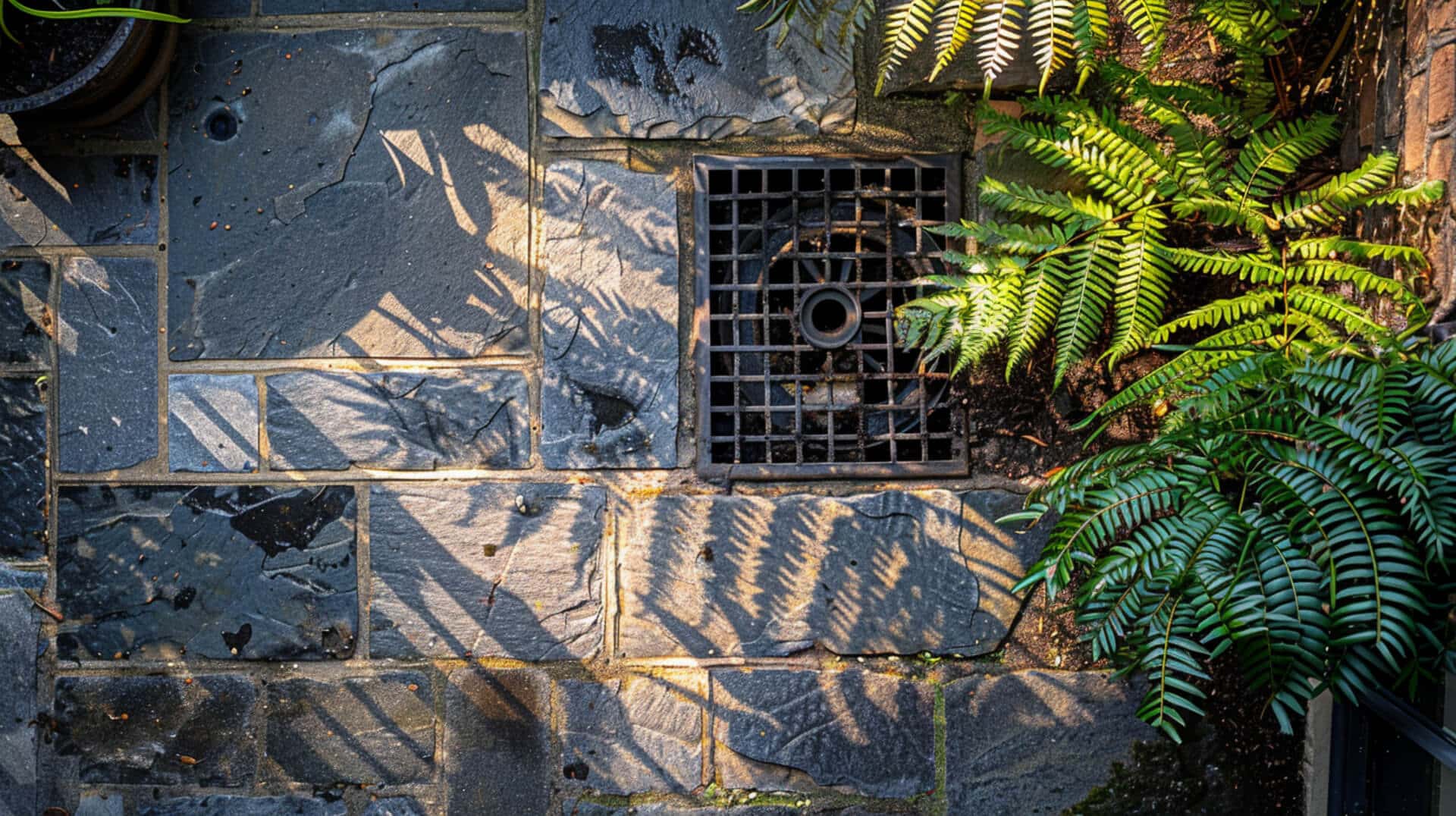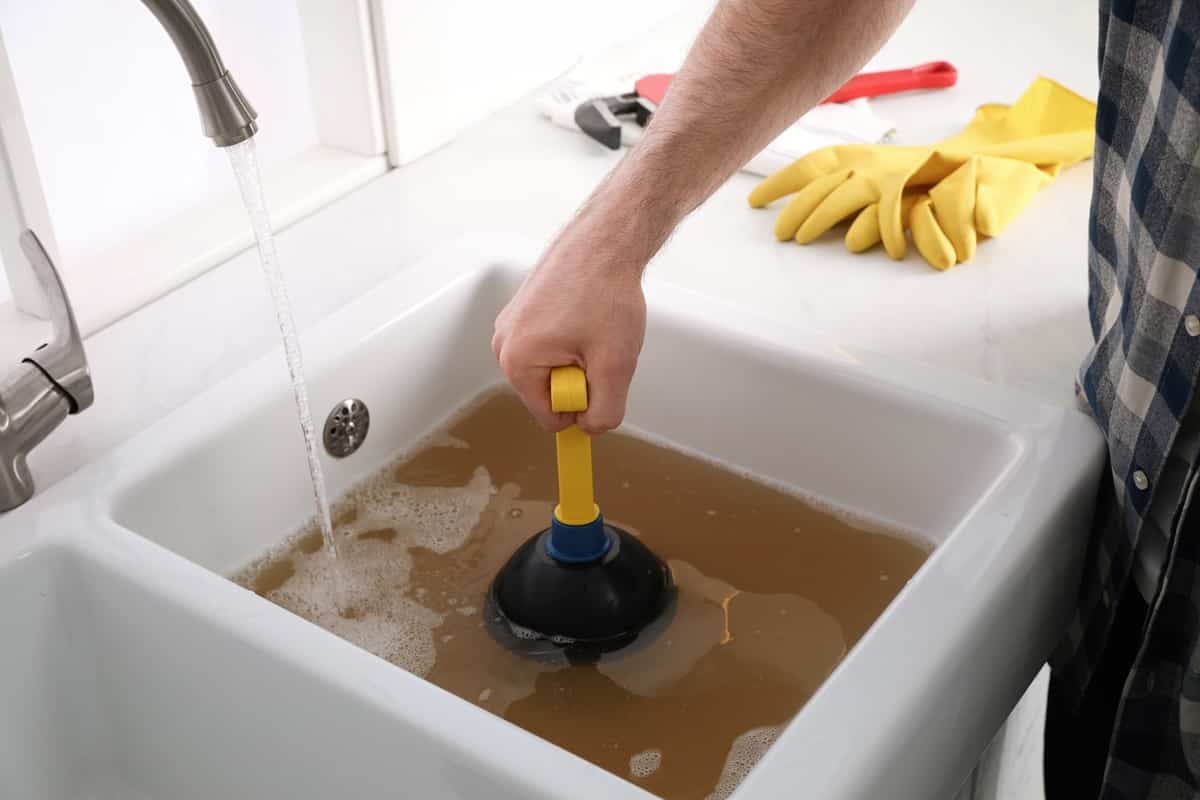 Is Pet Hair a Major Cause of Your Clogged Drains?
Is Pet Hair a Major Cause of Your Clogged Drains?
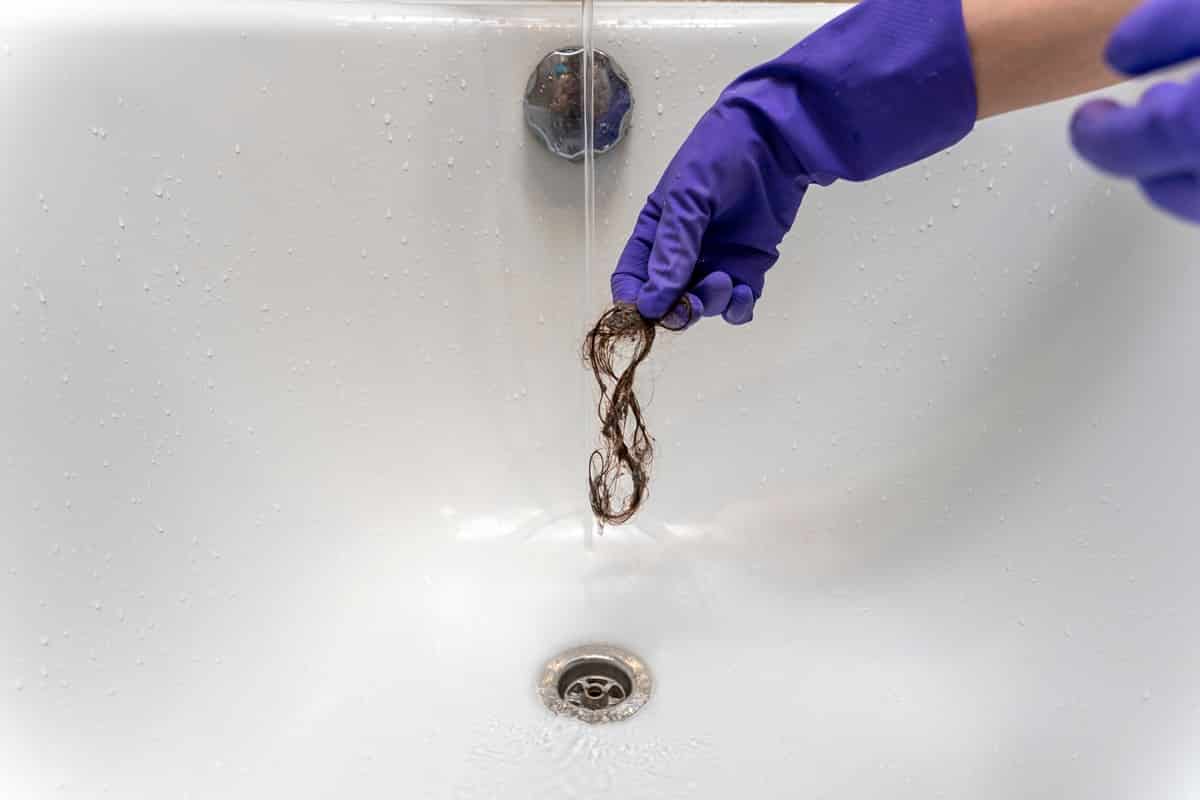
Common Causes of Blocked Drains – Pet Hair
Blocked drains are a common issue in households with pets. Understanding the primary causes of these blockages is crucial for effective prevention and maintenance.
Primary Causes of Drain Blockages Related to Pet Hair
Pet hair, fur, and dander are significant contributors to drain blockages. When pet hair enters the plumbing system, it combines with soap scum, grease, and other debris, forming sticky, compound clogs that obstruct water flow.
Importance of Addressing Pet Hair in Drains
Addressing pet hair in drains is essential to maintain a functional plumbing system. Blocked drains can lead to slow drainage, unpleasant odours, and potential water damage. Regular maintenance and preventive measures can help avoid these issues.
Interaction of Pet Hair with Other Substances
Pet hair interacts with various substances in the plumbing system, exacerbating blockages. Soap scum and grease act as binding agents, causing pet hair to clump together and adhere to the walls of pipes. This accumulation restricts water flow and increases the risk of severe clogs.
Guide Coverage
This guide will cover the following topics related to pet hair and drain blockages:
- How pet hair contributes to drain blockages
- Preventive measures to reduce pet hair clogs
- Proper disposal practices for pet hair
- Impact of pet food and debris on drains
- Misleading claims about flushable litter
- Maintenance of outdoor drains
- Specific tips for different types of pets
- Impact of pet products on septic systems
- Use of pet hair dissolvers in washing machines
- When to seek professional help
By understanding these aspects, property owners, business owners, and facility managers can effectively manage and prevent drain blockages caused by pet hair.
How Pet Hair Contributes to Drain Blockages
Pet hair is a common cause of drain blockages in households with pets. Understanding how pet hair interacts with other substances and identifying the signs of a clog can help in preventing and addressing this issue.
Combination with Soap Scum and Grease
Pet hair, when washed down the drain, tends to combine with soap scum, grease, and other debris. This combination creates sticky, compound clogs that are difficult to remove. The hair acts as a net, trapping other particles and forming a dense blockage.
Common Signs of a Pet Hair Clog
Several signs indicate a pet hair clog in drains:
- Slow Draining Water: Water takes longer to drain from sinks, bathtubs, or showers.
- Gurgling Sounds: Unusual noises from the drain when water is running.
- Foul Odours: Bad smells emanating from the drain due to trapped debris and hair.
- Water Backup: Water backing up into sinks, tubs, or showers.
Why Pet Hair is Problematic for Plumbing Systems
Pet hair is particularly problematic for plumbing systems because it does not dissolve in water. Instead, it accumulates over time, creating larger and more stubborn clogs. The hair’s fibrous nature allows it to intertwine with other materials, making it challenging to dislodge.
Typical Locations of Pet Hair Clogs
Pet hair clogs commonly occur in the following locations:
- Bathroom Drains: Sinks, bathtubs, and shower drains where pets are often bathed.
- Laundry Drains: Washing machines that handle pet bedding and clothing.
- Kitchen Sinks: Drains where pet food bowls are rinsed.
By recognising these factors and signs, property owners, business owners, and facility managers can take proactive measures to prevent and address pet hair-related drain blockages.
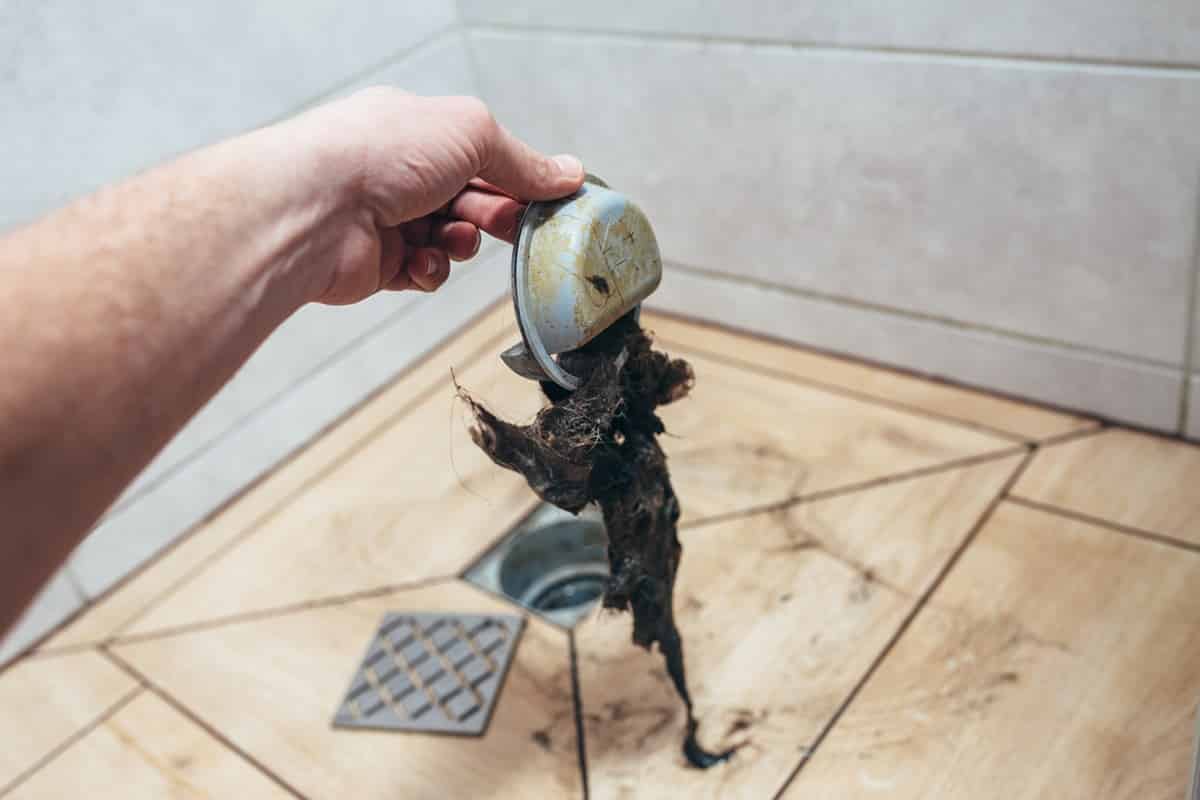
Preventive Measures for Pet Hair Clogs
Preventing pet hair from clogging drains involves a combination of grooming practices, using appropriate tools, and regular maintenance. These measures can help maintain a clear and efficient plumbing system.
Best Practices for Grooming Pets
Regular grooming of pets is essential to reduce the amount of loose hair that can enter drains. The following practices are recommended:
- Brushing Pets: Brush pets regularly, especially before baths, to remove loose hair.
- Grooming Tools: Use grooming tools away from sinks and dispose of collected hair in the trash.
High-Quality Strainers and Hair Catchers
Using high-quality strainers and hair catchers can significantly reduce the amount of pet hair entering drains. These tools act as barriers, trapping hair before it can cause blockages. Consider the following:
- Drain Strainers: Instal strainers in sinks, bathtubs, and showers to catch hair.
- Hair Catchers: Use hair catchers designed specifically for pet hair to enhance effectiveness.
Role of Regular Professional Maintenance
Regular professional maintenance is crucial in preventing pet hair clogs. Professional services can identify and address potential issues before they become severe. Key aspects include:
- Scheduled Cleanings: Schedule regular cleanings with professional plumbers to remove buildup.
- Inspection Services: Utilise inspection services to detect early signs of blockages.
Hydro-Jetting for Prevention
Hydro-jetting is an effective method for preventing blockages caused by pet hair. This process involves using high-pressure water to clean the inside of pipes thoroughly. Benefits of hydro-jetting include:
- Thorough Cleaning: Removes accumulated hair, soap scum, and grease from pipes.
- Preventive Measure: Regular hydro-jetting can prevent future clogs and maintain drain health.
By implementing these preventive measures, property owners, business owners, and facility managers can effectively manage pet hair and maintain clear drains.
Proper Disposal Practices for Pet Hair
Proper disposal of pet hair is essential to prevent drain blockages and maintain a healthy plumbing system. Understanding the correct methods can help avoid common issues associated with improper disposal.
Why Pet Hair Should Not Be Rinsed Down the Sink
Pet hair should not be rinsed down the sink because it can combine with soap scum, grease, and other debris, forming sticky clogs that are difficult to remove. The fibrous nature of pet hair allows it to trap other particles, leading to significant blockages in the plumbing system.
How to Dispose of Pet Hair to Avoid Clogs
To avoid clogs, pet hair should be disposed of in the following ways:
- Trash Disposal: Collect pet hair during grooming and dispose of it in the trash.
- Composting: If appropriate, pet hair can be added to compost bins, as it is biodegradable.
- Lint Rollers: Use lint rollers to collect pet hair from surfaces and dispose of the collected hair in the trash.
Risks of Improper Disposal of Pet Hair
Improper disposal of pet hair can lead to several risks, including:
- Drain Blockages: Accumulation of hair in drains can cause severe blockages, leading to slow drainage and potential water damage.
- Plumbing Damage: Persistent clogs can damage plumbing systems, resulting in costly repairs.
- Unpleasant Odours: Trapped hair and debris can produce foul odours emanating from drains.
Ensuring Correct Disposal of Pet Hair
Pet owners can ensure they are disposing of pet hair correctly by following these practices:
- Regular Grooming: Brush pets regularly to reduce loose hair and dispose of the collected hair in the trash.
- Use of Strainers: Instal strainers in sinks, bathtubs, and showers to catch hair before it enters the drain.
- Proper Cleaning: Clean grooming areas thoroughly to remove any stray hairs that may have fallen.
By adhering to these disposal practices, property owners, business owners, and facility managers can effectively manage pet hair and prevent drain blockages.
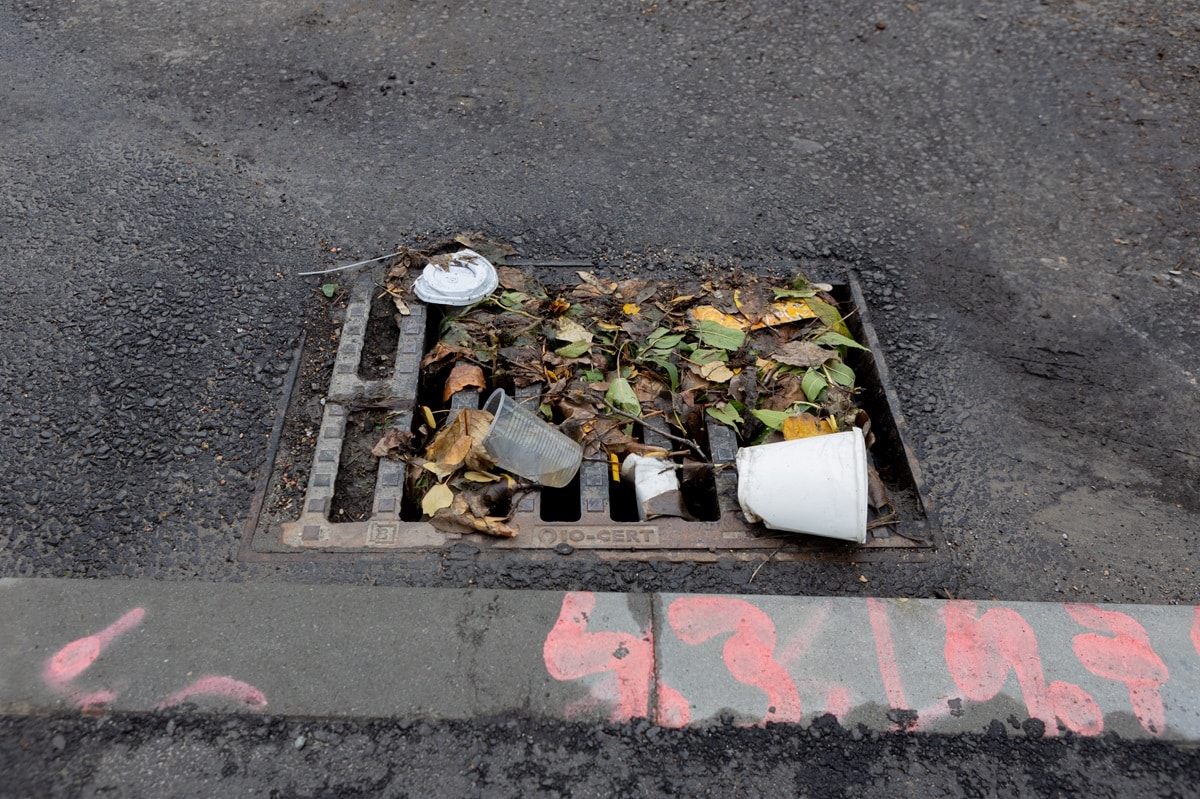
Impact of Pet Food and Debris on Drains
Pet food and debris can significantly contribute to drain blockages. Understanding how these materials affect plumbing systems and adopting proper disposal practices can help prevent clogs.
How Pet Food Contributes to Drain Blockages
Pet food, when rinsed down the sink, can mix with grease and other debris, leading to blockages. The combination of food particles and grease creates a sticky residue that adheres to the walls of pipes, gradually building up and restricting water flow.
Best Practices for Disposing of Pet Food Remnants
Proper disposal of pet food remnants is crucial to avoid drain blockages. Consider the following practices:
- Scrape Bowls: Before rinsing pet food bowls, scrape any remaining food into the trash or compost bin.
- Use a Strainer: Place a strainer in the sink to catch any small food particles that may escape during rinsing.
- Avoid Disposal in Sinks: Do not dispose of large amounts of pet food in sinks, as this can lead to significant blockages.
Importance of Avoiding Rinsing Pet Food in Sinks
Rinsing pet food in sinks can lead to severe plumbing issues. The food particles can combine with grease and soap scum, forming stubborn clogs that are difficult to remove. Additionally, the organic matter in pet food can decompose, causing unpleasant odours and attracting pests.
Preventing Food-Related Clogs
Pet owners can take several steps to prevent food-related clogs:
- Regular Cleaning: Clean pet food bowls regularly to prevent buildup of food particles.
- Proper Disposal: Always dispose of pet food remnants in the trash or compost, not in the sink.
- Use of Strainers: Instal strainers in kitchen sinks to catch any stray food particles.
By following these practices, property owners, business owners, and facility managers can effectively manage pet food debris and maintain clear drains.
Misleading Claims About Flushable Litter
Flushable cat litter is often marketed as a convenient and eco-friendly option. However, it poses significant risks to plumbing systems and should be disposed of properly to avoid blockages.
Why Flushable Cat Litter is Problematic for Plumbing Systems
Flushable cat litter can expand when exposed to water, leading to blockages in pipes. The litter’s absorbent properties cause it to swell, creating dense clogs that are difficult to remove. Additionally, the litter can combine with other debris in the plumbing system, exacerbating the blockage.
Risks Associated with Flushing Cat Litter
Flushing cat litter can lead to several issues, including:
- Pipe Blockages: Expanded litter can obstruct pipes, causing slow drainage and potential backups.
- Sewer Line Clogs: Litter can accumulate in sewer lines, leading to severe blockages that require professional intervention.
- Environmental Impact: Flushed litter can introduce harmful substances into the water supply, affecting water quality and aquatic life.
Proper Disposal of Cat Litter to Avoid Blockages
To prevent plumbing issues, cat litter should be disposed of in the following ways:
- Trash Disposal: Scoop used litter into a sealed bag and dispose of it in the trash.
- Composting: Some biodegradable litters can be composted, but it is essential to follow local guidelines and avoid composting litter from sick pets.
Alternatives to Flushable Cat Litter
Several alternatives to flushable cat litter can help reduce the risk of plumbing issues:
- Clumping Clay Litter: Traditional clumping clay litter is effective and should be disposed of in the trash.
- Silica Gel Litter: Silica gel litter is absorbent and long-lasting, with proper disposal in the trash.
- Biodegradable Litter: Made from materials like wood, paper, or corn, biodegradable litter can be composted or disposed of in the trash, following local regulations.
By understanding the risks and adopting proper disposal practices, property owners, business owners, and facility managers can prevent plumbing issues related to flushable cat litter.
Maintaining Outdoor Drains
Outdoor drains are susceptible to blockages from pet hair and debris. Proper maintenance and preventive measures can help keep these drains clear and functional.
Protecting Outdoor Drains from Pet Hair and Debris
Outdoor drains can be protected from pet hair and debris by implementing the following measures:
- Pet-Safe Grates: Instal pet-safe grates to prevent large debris and pet hair from entering the drains.
- Regular Cleaning: Clear the area around outdoor drains regularly to remove leaves, dirt, and other debris that can contribute to blockages.
Best Practices for Clearing Debris Around Outdoor Drains
Clearing debris around outdoor drains is essential to prevent blockages. Follow these best practices:
- Routine Inspections: Conduct routine inspections to identify and remove any accumulated debris.
- Use of Tools: Utilise tools such as rakes and brooms to clear leaves, dirt, and other materials from the drain area.
- Disposal of Debris: Properly dispose of the collected debris to prevent it from re-entering the drainage system.
Importance of Pet-Safe Grates for Outdoor Drains
Pet-safe grates are crucial for maintaining outdoor drains. They offer the following benefits:
- Prevention of Large Debris Entry: Grates prevent large debris, such as leaves and twigs, from entering the drains.
- Safety for Pets: Pet-safe grates ensure that pets do not accidentally get their paws caught in the drain openings.
- Ease of Maintenance: Grates make it easier to clean and maintain the drains by trapping debris on the surface.
Frequency of Outdoor Drain Maintenance
Regular maintenance of outdoor drains is necessary to keep them functioning properly. Consider the following maintenance schedule:
- Monthly Inspections: Perform monthly inspections to check for and remove any debris.
- Seasonal Cleanings: Conduct thorough cleanings at the beginning of each season to address seasonal debris, such as fallen leaves in autumn.
- After Storms: Inspect and clean outdoor drains after heavy storms to remove any debris washed into the drainage system.
By following these practices, property owners, business owners, and facility managers can effectively maintain outdoor drains and prevent blockages caused by pet hair and debris.
Specific Tips for Different Types of Pets
Different types of pets require specific practices to manage their hair, feathers, and waste effectively. Implementing these practices can help prevent drain blockages and maintain a healthy plumbing system.
Managing Bird Feathers and Seeds
Birds can shed feathers and scatter seeds, which can contribute to drain blockages. To manage this:
- Fine Mesh Strainers: Use fine mesh strainers in sinks and drains to catch feathers and seeds.
- Regular Cleaning: Clean bird cages and surrounding areas regularly to prevent debris from entering drains.
- Proper Disposal: Dispose of feathers and seeds in the trash, not down the sink.
Disposing of Reptile Substrate
Reptile substrate, such as sand or wood chips, can cause significant blockages if not disposed of properly. Follow these guidelines:
- Trash Disposal: Always dispose of used substrate in the trash.
- Aquatic Tanks: Use strainers for aquatic tanks to catch any substrate particles before they enter the drain.
- Regular Maintenance: Clean tanks and enclosures regularly to prevent buildup.
Grooming Tips for Small Mammals
Small mammals, such as rabbits and guinea pigs, can shed fur that may contribute to drain blockages. Effective grooming practices include:
- Regular Brushing: Brush small mammals regularly to remove loose fur.
- Grooming Tools: Use grooming tools away from sinks and dispose of collected fur in the trash.
- Proper Cleaning: Clean cages and bedding areas frequently to reduce fur accumulation.
Aquatic Tank Maintenance
Aquatic tanks can introduce debris and substrate into drains, leading to blockages. Proper maintenance practices include:
- Use of Strainers: Instal strainers in tank drains to catch debris and substrate particles.
- Regular Cleaning: Clean tanks and philtres regularly to prevent buildup.
- Proper Disposal: Dispose of tank waste and debris in the trash, not down the sink.
By following these specific tips, property owners, business owners, and facility managers can effectively manage pet-related waste and prevent drain blockages.
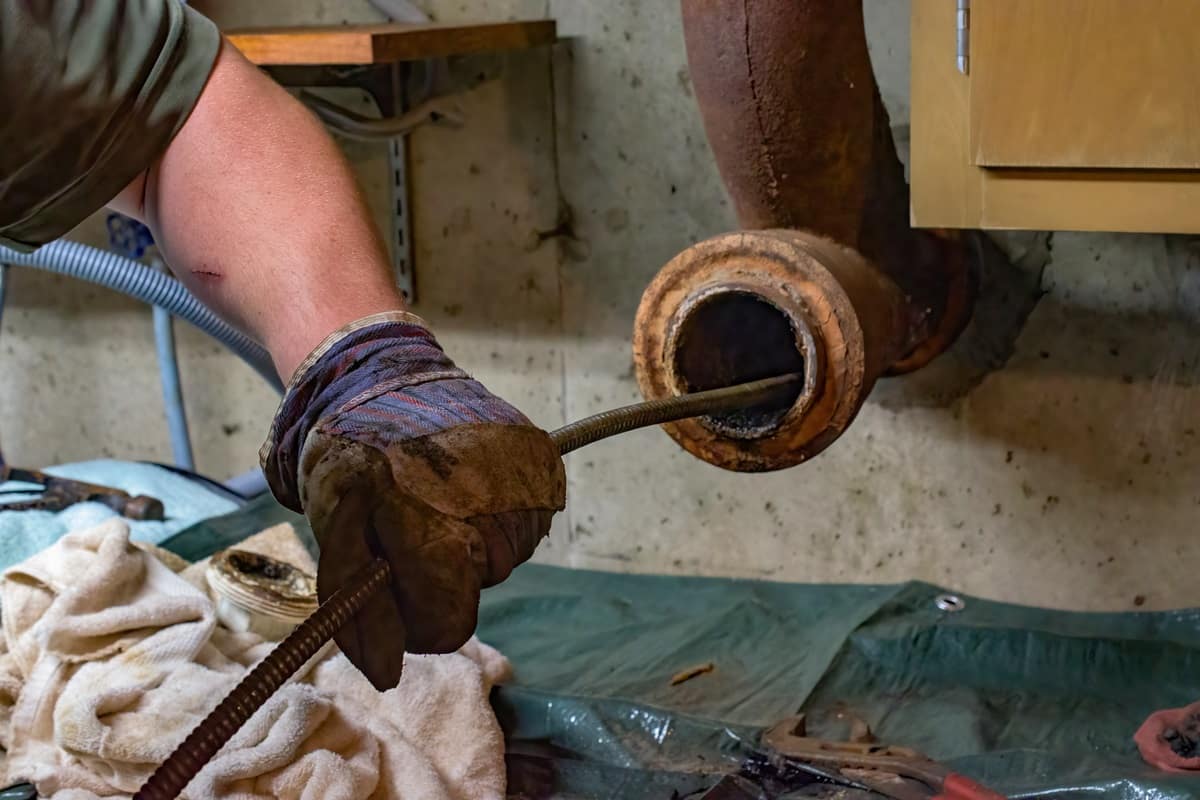
Impact of Pet Products on Septic Systems
Pet products, such as shampoos and wipes, can have a significant impact on septic systems. Understanding these effects and choosing appropriate alternatives can help maintain the health of your septic system.
How Pet Shampoos and Wipes Affect Septic Systems
Pet shampoos and wipes often contain chemicals that can disrupt the balance of bacteria in septic systems. These chemicals can:
- Kill Beneficial Bacteria: Harmful chemicals can kill the bacteria necessary for breaking down waste in the septic tank.
- Cause Blockages: Residues from shampoos and wipes can accumulate, leading to blockages in the septic system.
Chemical-Free Alternatives for Pet Products
Using chemical-free alternatives can help protect your septic system. Consider the following options:
- Natural Pet Shampoos: Choose shampoos made from natural ingredients that are free from harsh chemicals.
- Biodegradable Wipes: Use biodegradable wipes that break down easily and do not contain harmful substances.
Importance of Using Septic-Safe Products for Pets
Using septic-safe products is crucial for maintaining the health of your septic system. Benefits include:
- Preservation of Bacterial Balance: Septic-safe products help maintain the necessary bacterial balance for waste breakdown.
- Prevention of Blockages: These products reduce the risk of blockages caused by chemical residues.
Protecting Septic Systems from Pet-Related Damage
Pet owners can take several steps to protect their septic systems from pet-related damage:
- Read Labels: Always read product labels to ensure they are safe for septic systems.
- Limit Use of Chemicals: Minimise the use of chemical-based products and opt for natural alternatives.
- Regular Maintenance: Schedule regular maintenance and inspections of your septic system to identify and address any issues early.
By following these guidelines, property owners, business owners, and facility managers can effectively protect their septic systems from the potential damage caused by pet products.
Using Pet Hair Dissolvers in Washing Machines
Pet hair dissolvers are specialised products designed to break down and remove pet hair from washing machines. These products help maintain the efficiency of washing machines and prevent clogs caused by accumulated pet hair.
What Are Pet Hair Dissolvers and How Do They Work?
Pet hair dissolvers are chemical solutions formulated to dissolve pet hair during the washing cycle. They work by breaking down the hair fibres, allowing them to be washed away with the water. This prevents the hair from accumulating in the washing machine’s drum, philtre, and pipes.
How Can Products Like Vamoosh Prevent Washing Machine Clogs?
Products like Vamoosh are effective in preventing washing machine clogs by:
- Dissolving Hair: The active ingredients in Vamoosh break down pet hair, ensuring it does not stick to the machine’s components.
- Maintaining Efficiency: By removing hair, these products help maintain the washing machine’s efficiency and prevent blockages that can lead to malfunctions.
- Easy Application: Vamoosh is added directly to the washing machine during the wash cycle, making it convenient to use.
Best Practices for Using Pet Hair Dissolvers
To effectively use pet hair dissolvers, follow these best practices:
- Read Instructions: Always read and follow the manufacturer’s instructions for the correct dosage and application.
- Regular Use: Use pet hair dissolvers regularly, especially when washing pet bedding, blankets, and clothing.
- Combine with Other Methods: Complement the use of dissolvers with regular cleaning of the washing machine’s philtre and drum to ensure thorough maintenance.
Importance of Addressing Pet Hair in Washing Machines
Addressing pet hair in washing machines is important for several reasons:
- Preventing Clogs: Regular use of pet hair dissolvers prevents hair from accumulating and causing clogs in the machine’s components.
- Maintaining Hygiene: Removing pet hair ensures that the washing machine remains clean and hygienic, preventing odours and potential contamination.
- Prolonging Machine Life: Proper maintenance, including the use of pet hair dissolvers, helps prolong the life of the washing machine by preventing damage caused by clogs.
By incorporating these practices, property owners, business owners, and facility managers can effectively manage pet hair in washing machines and maintain their efficiency.
When to Seek Professional Help
Recognising when to seek professional help for drain blockages caused by pet hair is crucial for maintaining a functional plumbing system. Professional plumbers can address persistent clogs effectively and provide services that prevent severe blockages.
Signs That a Professional Plumber is Needed
Several signs indicate that it is time to call a professional plumber:
- Persistent Clogs: If clogs recur frequently despite using DIY methods.
- Slow Draining: Water drains slowly from sinks, bathtubs, or showers.
- Unpleasant Odours: Foul smells emanate from drains, indicating trapped debris.
- Water Backup: Water backs up into sinks, tubs, or showers, suggesting a severe blockage.
How Persistent Clogs Can Be Effectively Addressed by Professionals
Professional plumbers have the expertise and tools to address persistent clogs effectively:
- Hydro-Jetting: High-pressure water cleaning to remove stubborn blockages.
- CCTV Drain Surveys: Camera inspections to identify the exact location and cause of blockages.
- Drain Snakes: Specialised tools to break up and remove clogs deep within the plumbing system.
Services Offered by Companies Like 24/7 Drainage Brighton
Companies like 24/7 Drainage Brighton offer a range of services to address and prevent drain blockages:
- Emergency Call-Outs: 24-hour emergency services for urgent plumbing issues.
- Regular Maintenance: Scheduled maintenance to prevent buildup and blockages.
- Drain Repairs: Repair services for damaged pipes and drainage systems.
- CCTV Surveys: Detailed inspections to diagnose and address plumbing problems.
Importance of Professional Maintenance for Preventing Severe Blockages
Professional maintenance is essential for preventing severe blockages and ensuring the longevity of the plumbing system:
- Preventive Measures: Regular inspections and cleanings to prevent buildup.
- Expertise: Professional plumbers can identify and address potential issues before they become severe.
- Efficiency: Professional services ensure that the plumbing system operates efficiently and effectively.
By recognising the signs of severe blockages and seeking professional help, property owners, business owners, and facility managers can maintain a healthy and functional plumbing system.
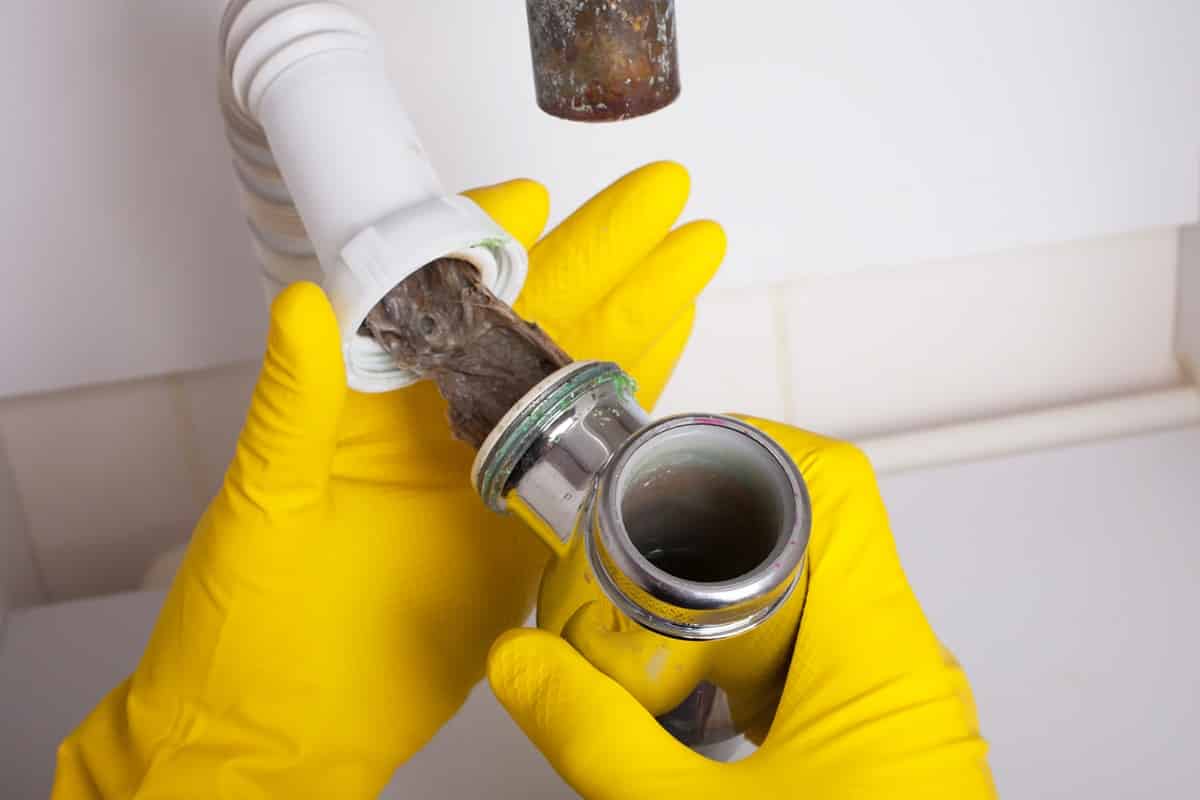
Key Takeaways for Preventing Pet Hair Clogs in Drains
Preventing pet hair clogs in drains requires a combination of regular maintenance, proper disposal practices, and the use of appropriate tools. Implementing these measures can help maintain a clog-free plumbing system.
Regular Maintenance and Proper Disposal Practices
Regular maintenance and proper disposal practices are essential for preventing pet hair clogs. Key practices include:
- Regular Grooming: Brush pets regularly to reduce loose hair.
- Use of Strainers: Instal high-quality strainers and hair catchers in sinks, bathtubs, and showers.
- Proper Disposal: Dispose of pet hair in the trash, not down the sink.
Importance of Implementing Preventive Measures
Implementing preventive measures is crucial for maintaining a healthy plumbing system. Benefits include:
- Reduced Risk of Blockages: Preventive measures help reduce the accumulation of pet hair and other debris in drains.
- Cost Savings: Avoiding clogs can save on costly plumbing repairs and maintenance.
- Improved Drain Efficiency: Regular maintenance ensures that drains function efficiently and effectively.
Maintaining a Clog-Free Plumbing System
Property owners, business owners, and facility managers can maintain a clog-free plumbing system by following these guidelines:
- Scheduled Professional Maintenance: Regular professional inspections and cleanings can identify and address potential issues early.
- Use of Pet Hair Dissolvers: Products like Vamoosh can help dissolve pet hair in washing machines, preventing clogs.
- Proper Disposal of Pet Products: Use chemical-free pet shampoos and wipes to protect septic systems and avoid blockages.
By adhering to these practices, property owners, business owners, and facility managers can effectively manage pet hair and maintain a clog-free plumbing system.
